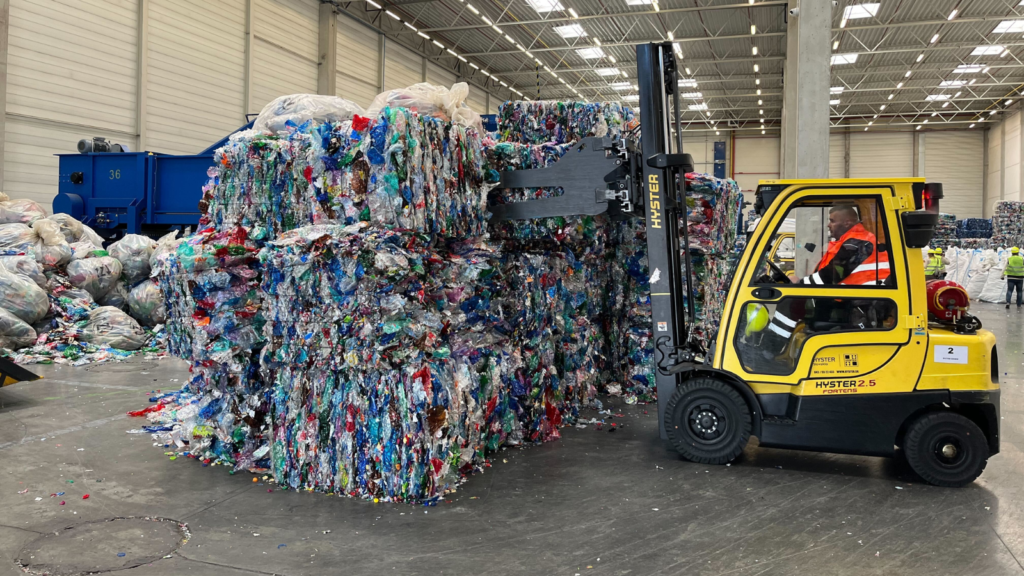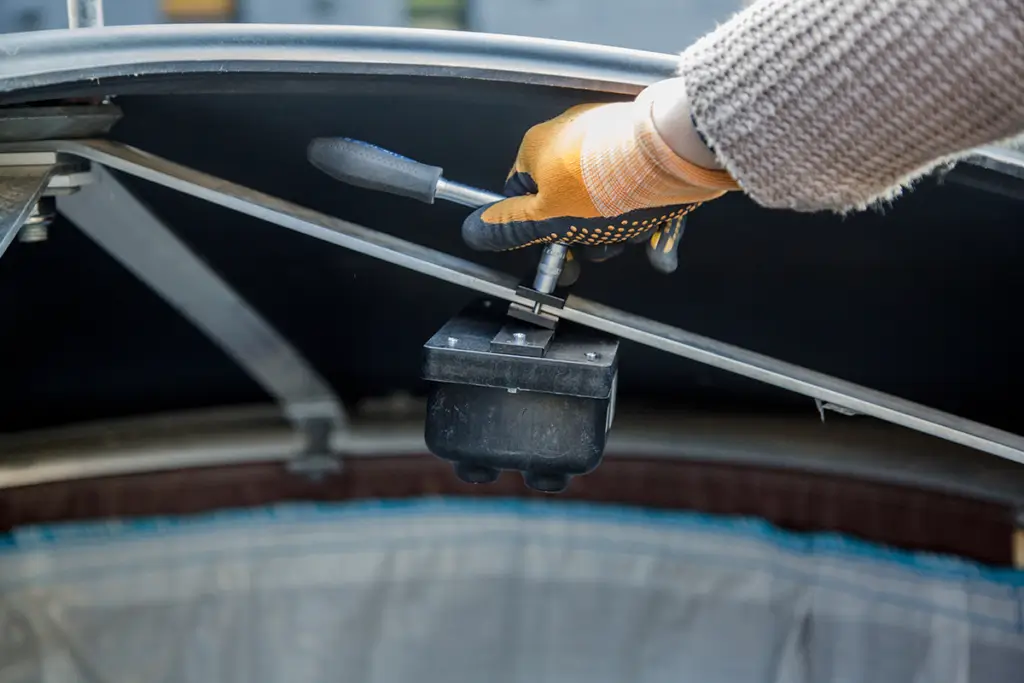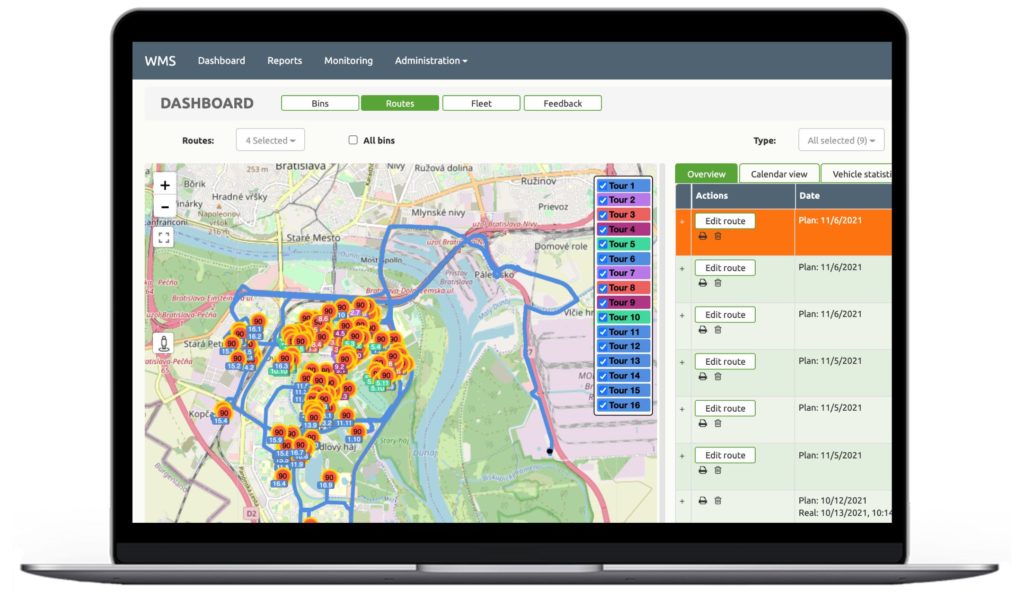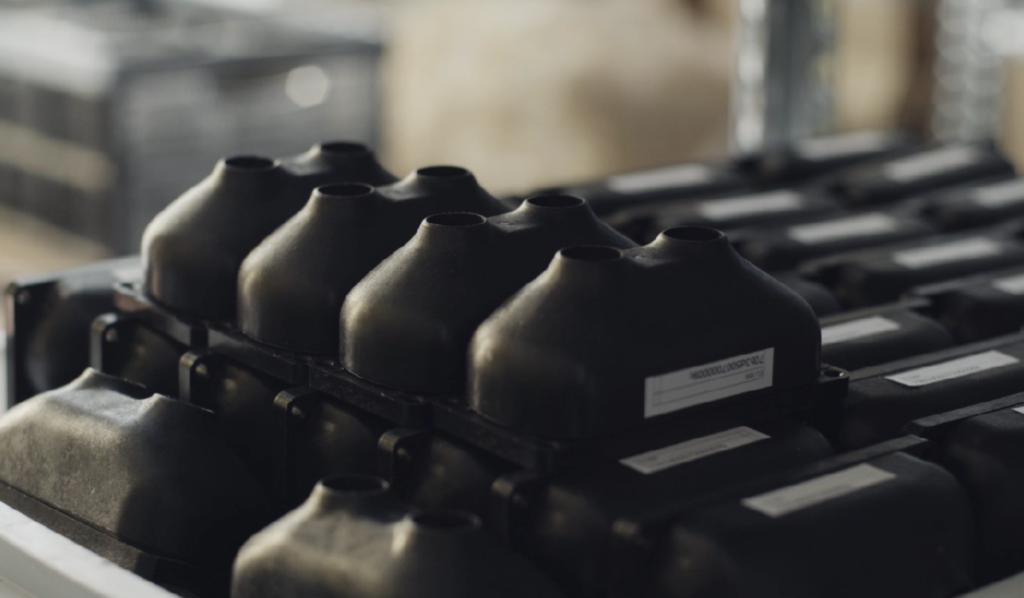Automated vacuum waste collection systems are becoming increasingly popular in urban areas around the world. These systems are designed to replace traditional waste collection methods, such as garbage trucks and dumpsters, with an automated waste management system that transports waste directly from individual buildings to a central collection point. There are three key components that are essential to the successful operation of an automated vacuum waste collection system.

The first is a network of underground pipes and vacuum stations that can efficiently transport waste from individual buildings to the central collection point. These pipes and stations must be carefully designed and installed to ensure that waste can be transported quickly and without interruption.
The second essential component of an automated vacuum waste collection system is a centralized waste management facility. This facility is responsible for sorting and processing the waste that is collected from the vacuum stations. Depending on the type of waste being processed, this facility may include equipment for sorting, recycling, composting, or even incineration.

The third essential component of an automated vacuum waste collection system is an effective communication and monitoring system. This system must be able to track the fill level and status of the system in real-time, monitor the performance of individual components, and alert maintenance personnel to any issues or malfunctions that may arise. It must also be able to communicate with building managers and residents to ensure that waste is properly disposed of and that the system is working effectively.
In addition to these three essential components, there are several other factors that are important to the successful operation of an automated vacuum waste collection system. These include proper maintenance and servicing of the system, regular monitoring and analysis of system performance, and ongoing communication and education with building managers and residents to ensure that they are using the system effectively.

Automated vacuum waste collection systems have many advantages over traditional waste collection methods. They are more efficient, cost-effective, and environmentally friendly, and can help to reduce the amount of waste that ends up in landfills. However, they are also complex systems that require careful planning, design, installation, and maintenance to ensure that they operate effectively and efficiently. Furthermore, implementing such systems in an already existing infrastructure is extremely challenging and often unrealistic. As a result, they are predominantly integrated into completely new urban blocks and areas.
While automated vacuum waste collection systems are becoming increasingly popular, they are not the only solution to modern urban waste management. One alternative approach is the use of garbage truck route planning with the use of waste level measuring sensors.

This approach involves installing sensors on waste bins to monitor the level of waste inside. This data is then used to optimize the routes and schedules of garbage trucks, ensuring that they only pick those bins that are full and minimizing unnecessary trips. This approach can reduce the number of garbage trucks on the road, lower fuel consumption, and reduce greenhouse gas emissions.
Although this can be effective in reducing the environmental impact of traditional waste collection methods, it is highly dependent on the quality of the technological solution. One of the largest challenges is the need for accurate and reliable data from the waste level measuring sensors. If the sensors are not functioning properly, or if the data they provide is not accurate, then the efficiency of the system will be compromised. This is why modern hardware and polished software are crucial for such a system to be beneficial.

To sum up, an automated vacuum waste collection system is an essential component of a smart, modern urban waste management concept. To ensure that these systems operate effectively, it is important to focus on the three key components of the system: the underground pipes and vacuum stations, a centralized waste management facility, and the communication and monitoring systems. By focusing on these components, and by properly maintaining and servicing the system, it is possible to create a highly efficient and effective waste management system that benefits both the environment and the community.



